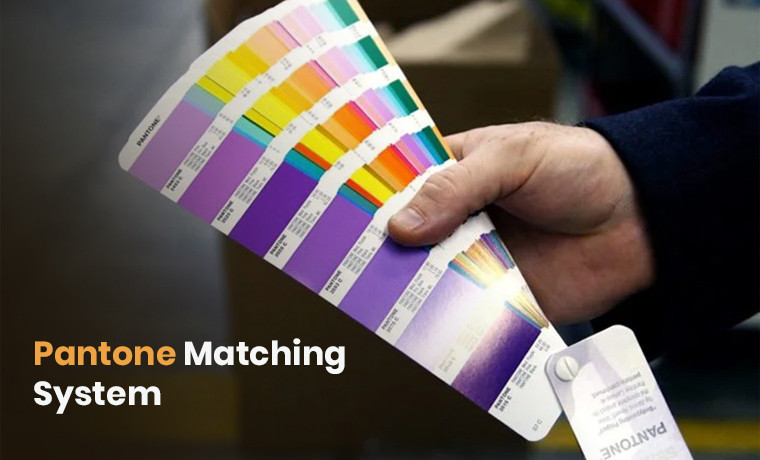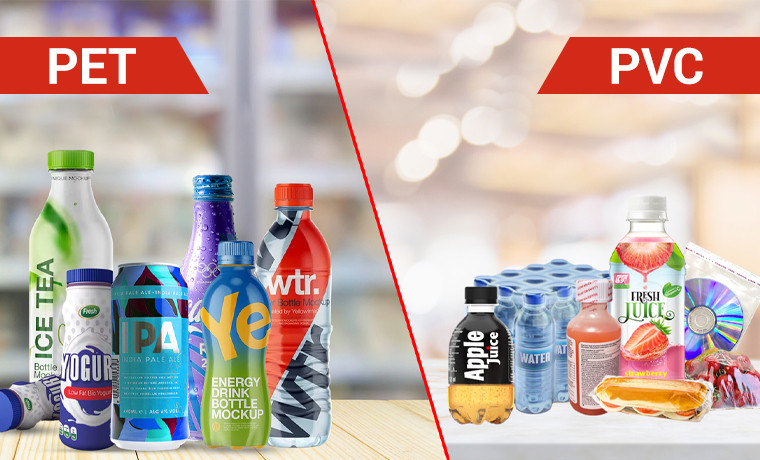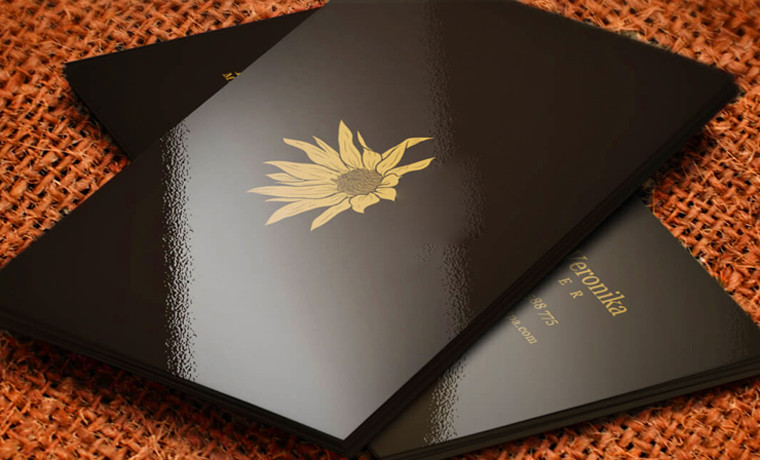What You Need To Know Printing on Sublimation Material
September 08, 2025
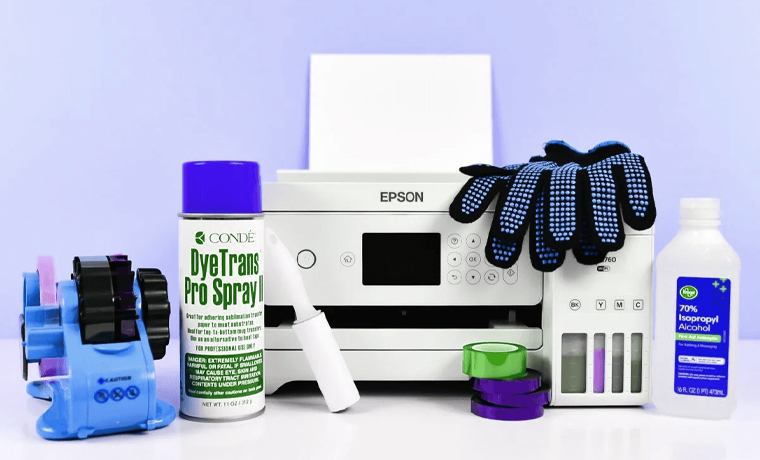
Seeking vibrant and long-lasting prints on materials including fabric or metal? No other than sublimation printing is a versatile technique offering customization to fabric, ceramic, metal, and glass. In this blog, we will explore the basics of sublimation printing with benefits. We will also see how printing on sublimation material works. Let’s get started to make your print look incredible.
What Is Sublimation Printing?
Sublimation printing involves heating or pressing a design directly onto a product (fabric or metal). Combining heat and pressure results in embedding your artwork with long-term and resonant prints. Whether you want to print on mugs or custom bags, you can easily print on them. You can even print on the mousepad.
How Printing On Sublimation Material Works
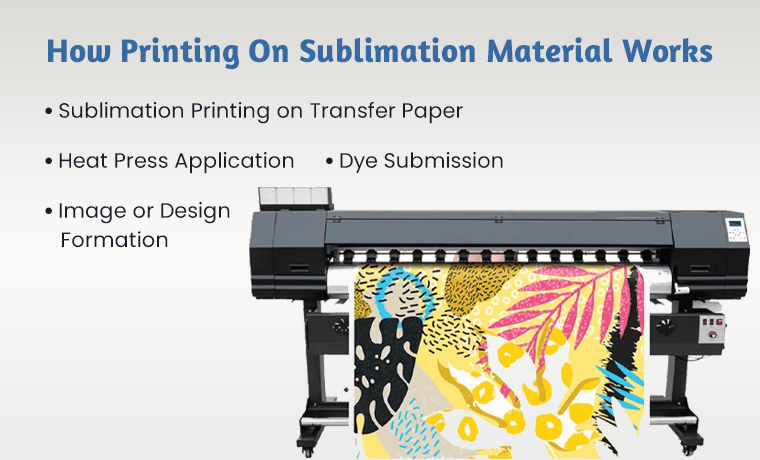
Through the use of pressure and heat, sublimation printing transfers solid ink to a gas which together with pressure and heat creates a durable image onto the material. Let’s see how its process goes.
Sublimation Printing on Transfer Paper
- The design is printed onto a transfer paper using sublimation inks.
- Heat it up which will turn the ink into a gas.
Heat Press Application
- The printed transfer paper is placed on the material (fabric, metal, etc.)
- The paper and material are placed in a heat press.
- The heat applied through a heat press creates heat and pressure on the materials.
Dye Submission
- The heat is applied from the press.
- The ink vapors release the material’s coating.
Image or Design Formation
- The ink solidifies within the material when the materials get cool.
- A high-quality and long-lasting image is created. It will not fade or crack.
What Is A Sublimation Printer?
Specialized sublimation ink printers are designed to work with sublimation inks. The dry inks turn into a gas when heated. It penetrates and creates a bond on the surface of the materials. This process generates vibrating and long-lasting printing for various products from fabric and ceramic to metal and glass.
Want to know if a sublimation printer with white ink? Well, white ink is used in direct-to-garment (DTG) and direct-to-film (DTF) printers.
How To Use Sublimation Ink?
These are the following steps to use sublimation ink.
- Create a digital design.
- Print your design on sublimation paper through a sublimation printer with sublimation ink.
- Ensure it is polyester or coated with polymer when transferring a design to an item.
- Place the printed paper on the item and use a heat press to apply temperature and pressure.
- The ink will turn into gas and fasten with the material to create a durable and colorful design. Done!
What Materials Can Be Sublimated?
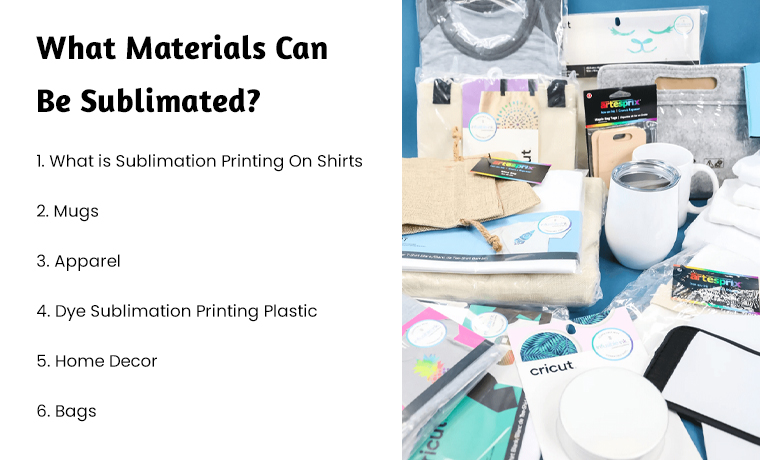
A wide range of materials can be printed with sublimation printing. Let’s explore where this technique is good to use.
1. What is Sublimation Printing On Shirts
The innovative printing technique allows you to print vibrant and long-lasting designs on shirts.
2. Mugs
Get your photo or design printed on mugs through sublimation ink printers using sublimation ink. The design is transferred onto paper. The paper is carefully wrapped around the mug. Use a mug heat press to apply heat and pressure to transfer the image or photo to the mug.
3. Apparel
You can create vibrant and full-color designs on your apparel from hoodies and shirts to leggings and swimsuits.
4. Dye Sublimation Printing Plastic
A process where dye inks using heat and pressure are transferred onto a polyester or plastic substrate. The dye transforms into gas and bonds with the plastic material which creates dynamic and long-lasting prints. Ideal for ID card signs as it offers a smooth finish and is resistant to fading or scratching.
5. Home Decor
Give your living room or bedroom a cozy touch by popping out colors or lively images on fabrics and other surfaces using printing on sublimation materials such as pillows, blankets, or towels.
6. Bags
Sublimation printing is a great way to create and transfer custom and long-lasting designs on different types of polyester bags.
Read More: What is The Difference Between Offset and Digital Printing
Key Benefits Of Printing Sublimation on Materials
Now let’s highlight the top pros of printing sublimation.
- Vibrant Printing Outcome: Produces vibrant with sharp lines and vivid colors. Depends upon the material’s surface.
- Print Durability: The sublimation print does not fade, peel, or wash off. Much longer lasting than digital print or screen print.
- Customizations: Allows you to print personalized designs from text to complex photo images.
- Wide Range Of Products: Versatile sublimation printing brings a lot of creativity options from mousepads and bags to mugs and clothing like t-shirts.
- Faster Production: A quick turnaround time as the sublimation printers quickly produce top-quality prints.
- Environmentally-friendliness: The solid eco-friendly ink infused into the material when printed results in reducing waste and environmental impact.
Sublimation Printing Vs. Screen Printing
Both sublimation printing and screen printing are common printing methods to transfer designs on fabrics. There are key differences here.
| Features | Sublimation Printing | Screen Printing |
| Process | Uses heat to transfer dye into fabric/material | Uses stencils and ink to apply layers on fabric/material |
| Materials | Polyester or polymer-coated surfaces | Various materials like cotton, polyester, wood, glass, etc. |
| Colors | Full-color and highly detailed designs | Limited to fewer colors per layer |
| Durability | Very durable | Less durable as designs can crack or peel over time |
| Production Speed | Faster for small to medium batches | Faster for large batches |
| Best for |
Best for Custom, detailed, and vibrant designs |
Bulk orders with simple designs |
| Cost | The higher initial cost | Lower setup cost for small batches |
Conclusion
Sublimation printing allowing a vibrant and durable design to be transformed on various materials is a specialized technique for printing modern designs. Whether you ask to print on t-shirts, bags, or mugs, you can take advantage of sublimation printing to get your products ready quickly ensuring the colors remain vivid and do not fade over time.
Want to learn more about printing on sublimation material, get in touch with Custom Product Packaging and printing experts by dropping a short message at orders@customproductpackaging.com. We will be obliged to serve you second to none.


